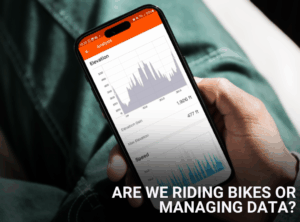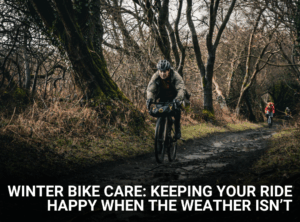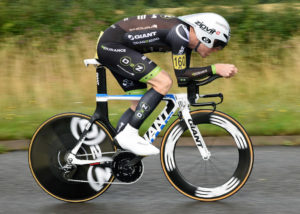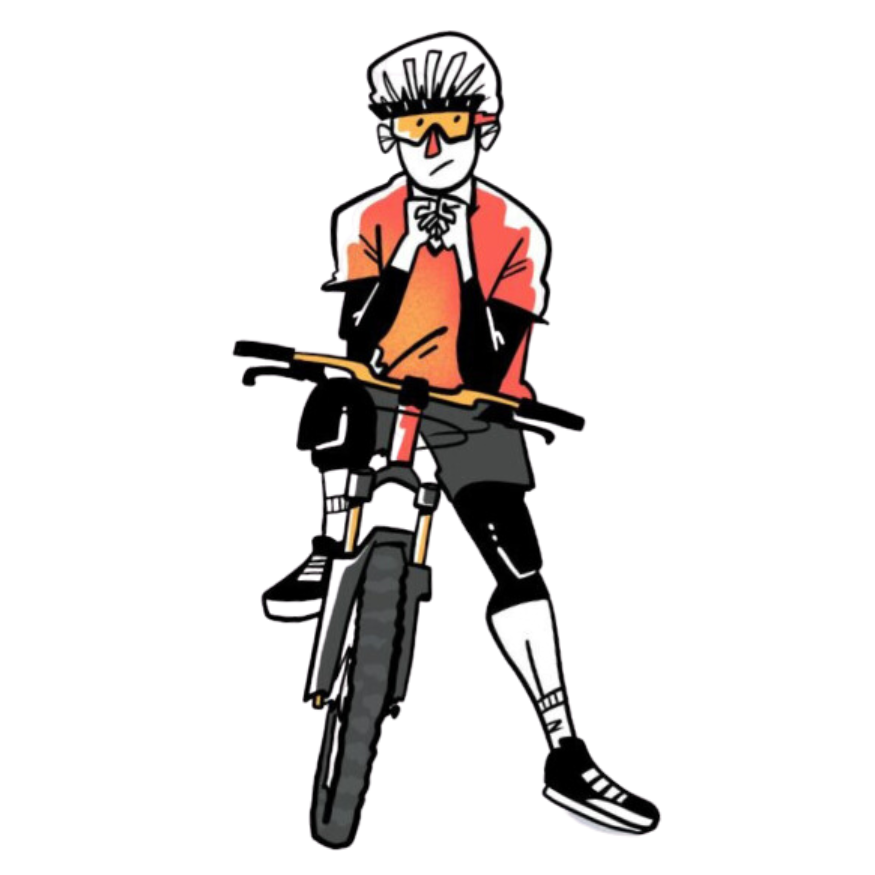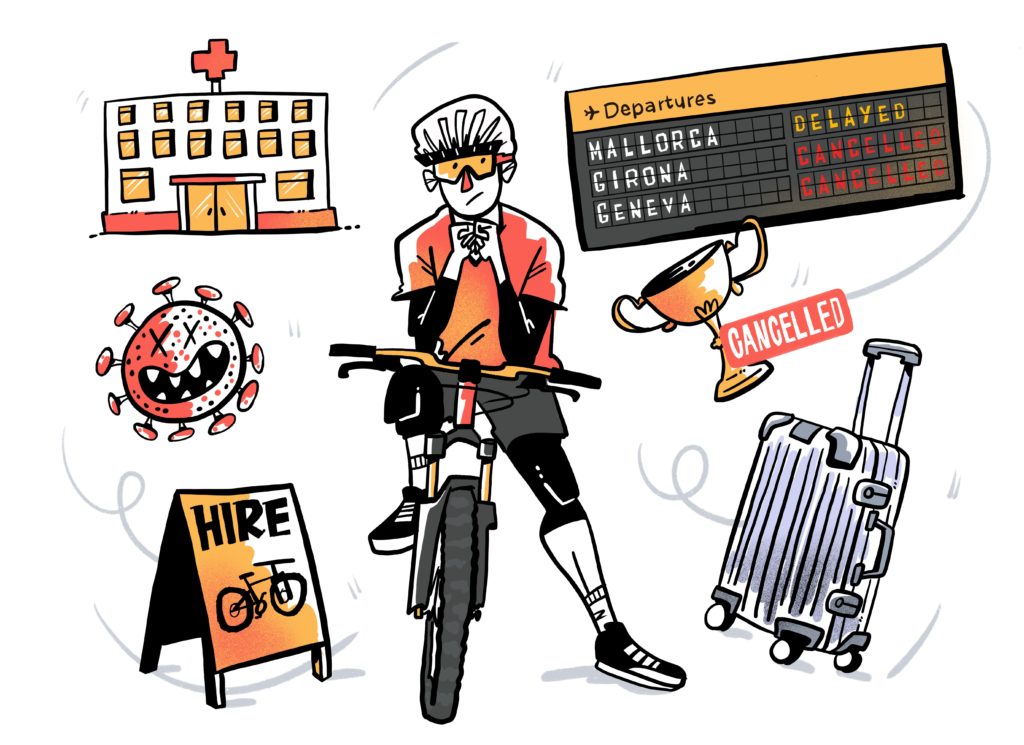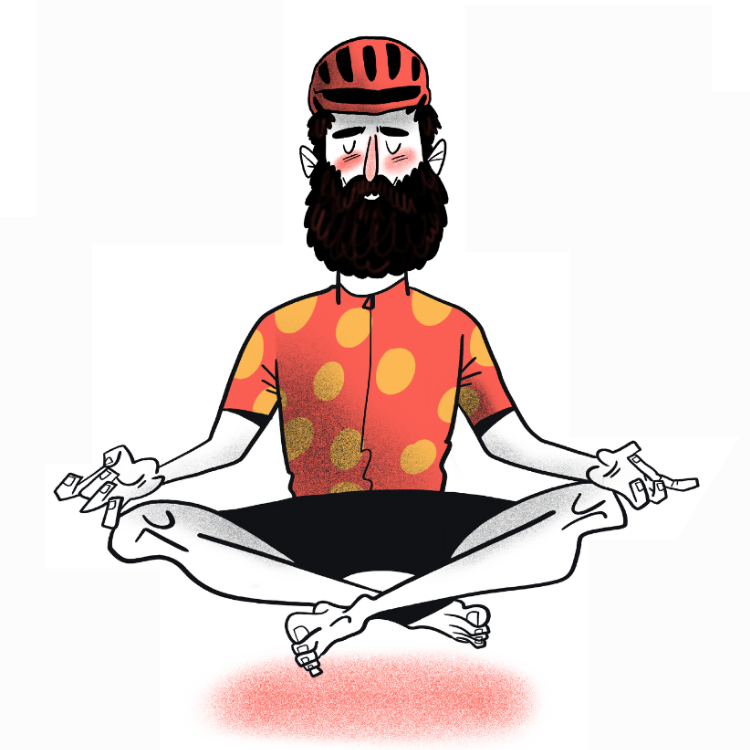Whether its spring, summer, autumn or winter, you should always be riding with the bare essentials. I’ve been riding long enough to have ridden with and without the essentials and you know what, it never pays off to be caught short. Believe it or not, I was once riding home with a certain Welsh Grand tour winner who I shall not name, who punctured 2km from home. When he said he didn’t have any spare inner tubes or pump, I almost fell off my bike in disbelief. He simply ‘rimmed it’* the last 2km home, 1km of which was up a 12% gradient
*’Rimming it’ is a technical term for when your tyre is so flat, that you’re riding on the rim of the bicycle wheel.
Here is a breakdown of what I think you should always carry with you on your road, gravel or mountain bike. As you’d expect , you’re more likely to encounter torn tyres, loose bolts and drivetrain issues when gravel and mountain biking. This article is about the bare essentials that you should carry, having additional tools and spares over what I have already listed is going to be no bad thing!
Road essentials:
2x inner tubes
Micro multi tool
Co2 pump and 2x canisters
2x plastic tyre levers
Nitrite gloves- stops the white bar tape getting dirty and keeps hands clean
ICE details on laminated paper
£20.00 note
MTB & Gravel essentials:
Spare tube
Multi tool
Dyna plug
Co2 pump & 2x large canisters
Metal tyre levers
Chain link
ICE details on laminated paper
£20.00 note
Mars bar/energy bar
The items you need:
Dyna plug/Puncture plug:
This nifty little tool is designed to seal up big holes that your tubeless sealant pours through. Its small, lightweight and super fast to use. As a bonus, you can get them in a range of colours and with differing size plugs and kits available
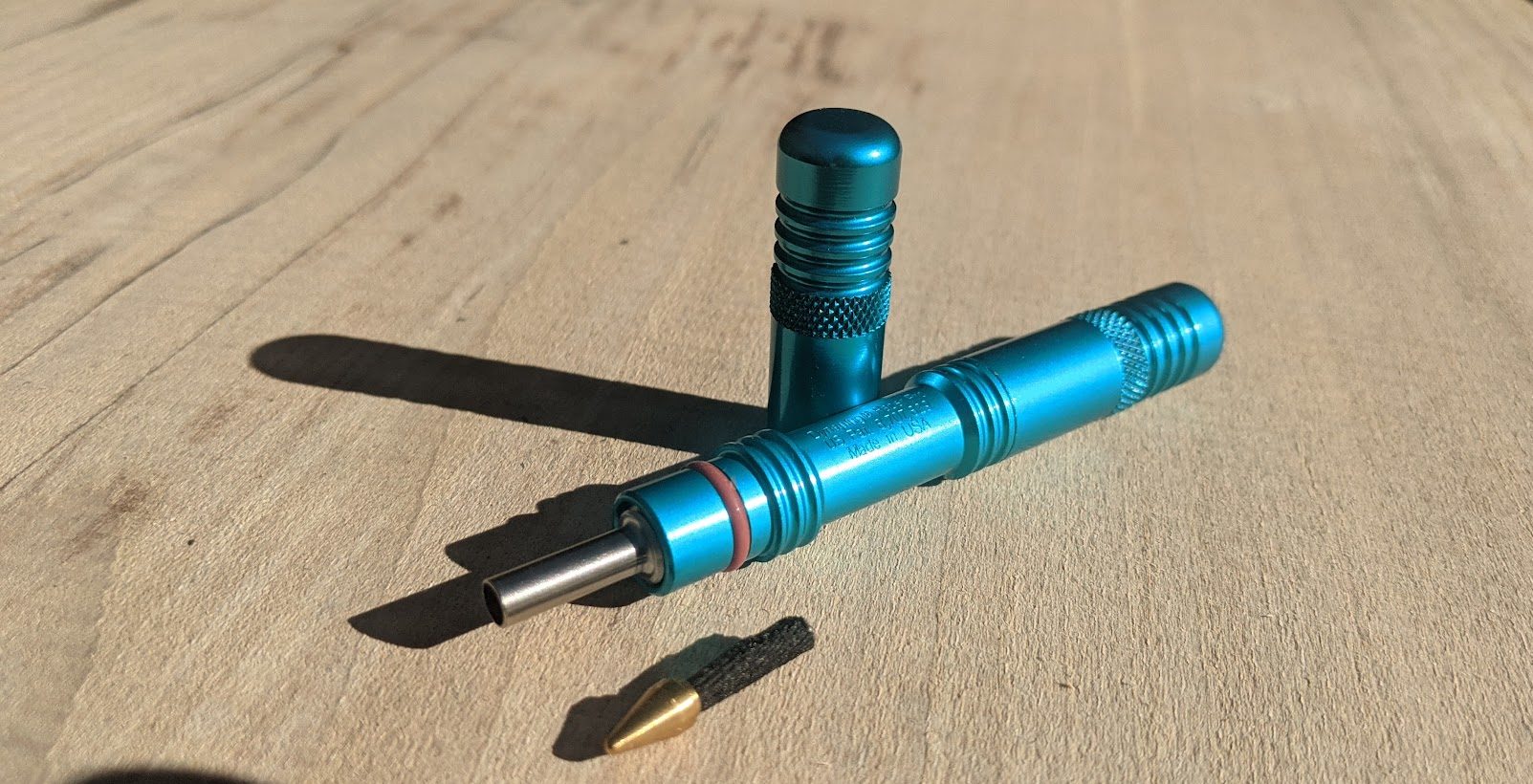
Multi tool:
It’s usually a good idea to spend some money here. Generally speaking, if you spend a bit more, you will get a better quality tool with more specific tooling. Having a chain tool attachment can be ‘life saving’. Top tip-before buying a tool, make a note of the bolt size and type that your bike uses as it’s not uncommon for tools to only have ‘Hex’ drivers. Some of my bikes have a mixture of ‘Hex’ and ‘Torx’ style bolts. Secondly, if you do get a chain tool, it’s usually worth testing out the tool before you ride. Trying to work out how to fix a chain when you’re cold, wet and shivering isn’t ideal.
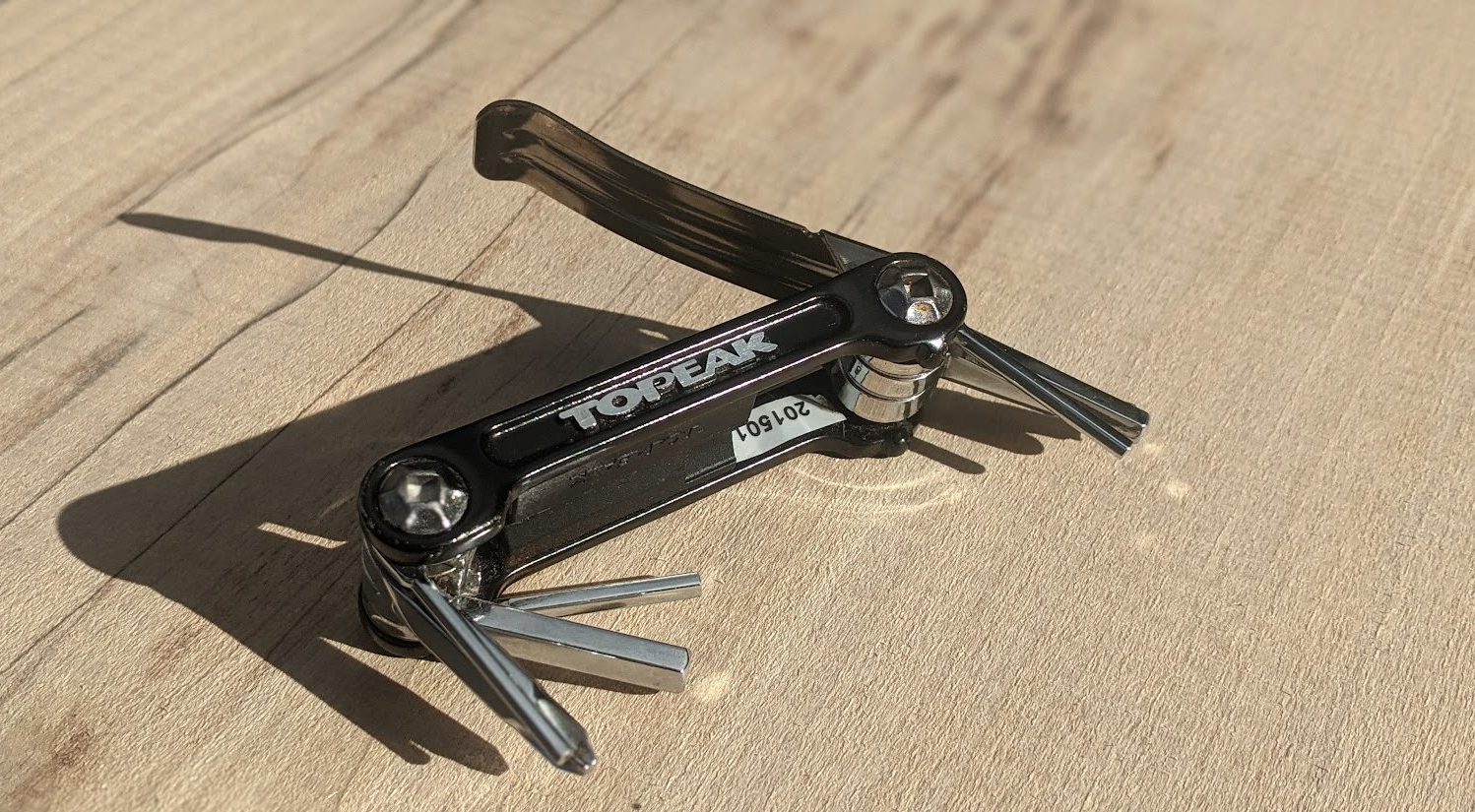
Co2 canisters & pump:
Co2 pumps are a great way to reinflate a tyre which may have burped out a load of air or sealant. Things to watch out for here- ensure the Co2 pump has the correct Schrader/Presta fitting and also be sure to buy mountain bike specific Co2 canisters if you’re riding a mountain bike- Avoid the 16 gram cartridges for 27.5”/29” wheels!

Chain quick link:
Having a spare chain link in your bike can be really helpful. If your chain is already stretched and it breaks, having the power link will make fixing it that little bit easier whilst retaining the chains correct length. It’s also not uncommon for power links to break, so having a spare will speed up your repair and you’ll be back on the trails in no time.

Inner tube:
Bear with me here…even if you’re riding with a tubeless set up, generally speaking, if you have a hole bigger than 5mm that can’t be plugged, then the trusty old inner tube will be your best form of insurance policy! For road riders, always ensure that the valve length on your spare inner tube is long enough to get through your wheel.
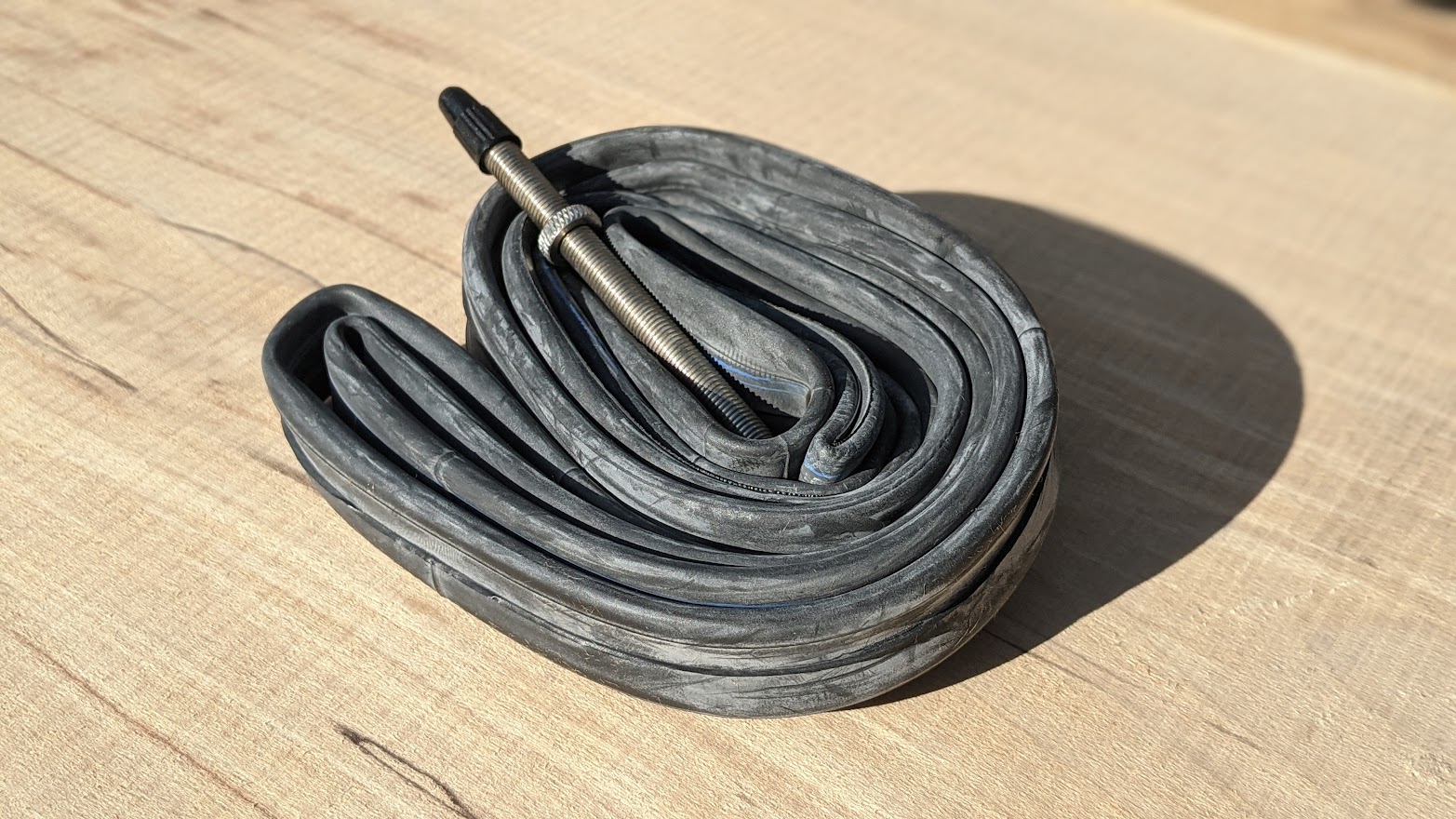
Tyre levers:
You could have the strength of Popeye but the fact remains that some tyres simply will not come off without the aid of tyre leavers. If you’re running a mountain bike tubeless set up, breaking the tubeless bead can be very difficult if you don’t have the correct tools. As always, it’s worth taking the time to ensure your tools work with your setup before venturing out.
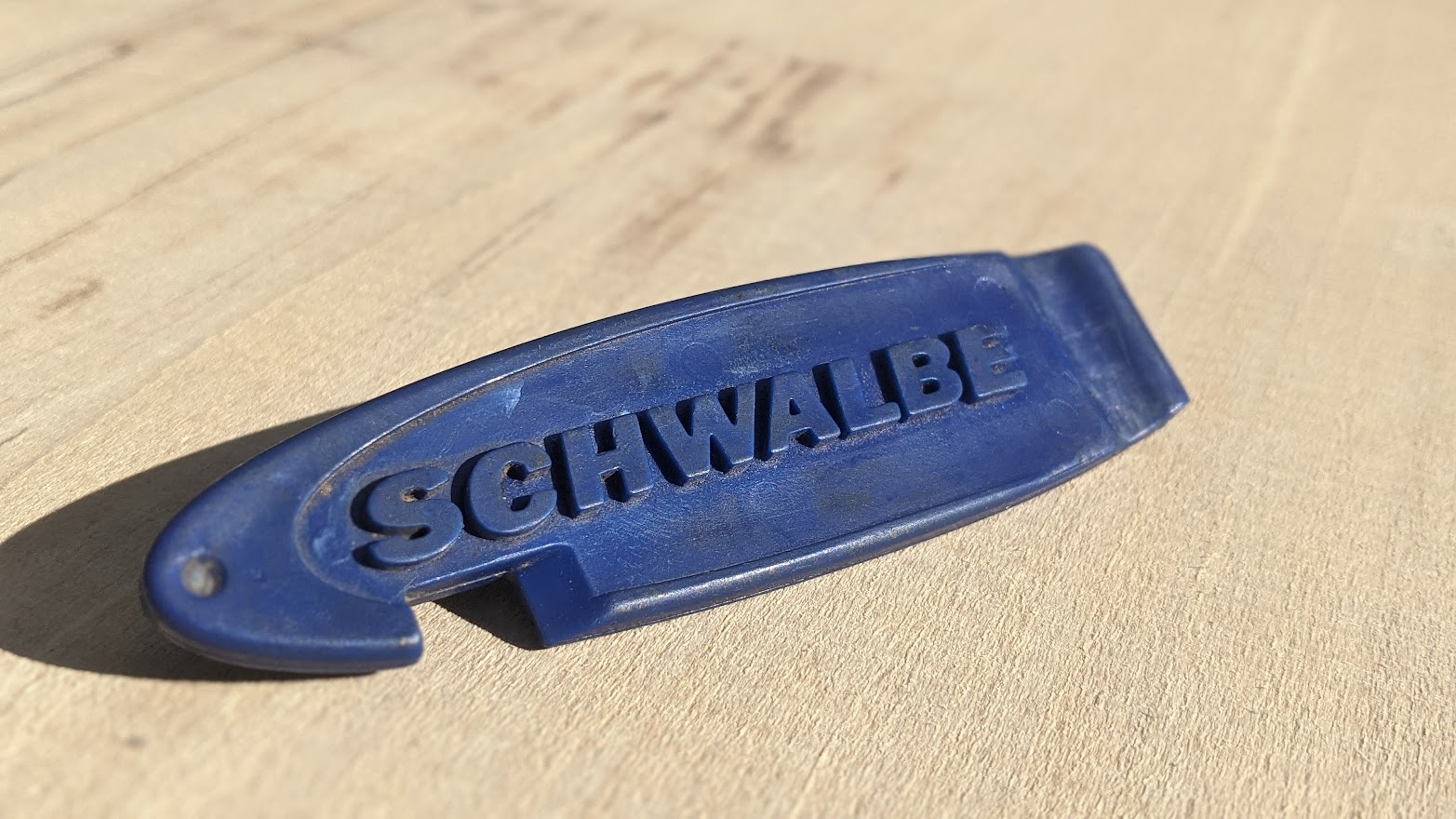
Instant patch:
If you still use inner tubes for your mountain bike, then its worth considering an instant patch kit to fix your punctured inner tube. dont forget, its always worth removing the tyre to ensure there is no sharp debris stuck in the tyre otherwise you’re back to square one. Whilst the tyre is off, run your fingers over the inside of the rim to rule out any sharp metal and pay particular attention to the positioning of the rim tape.
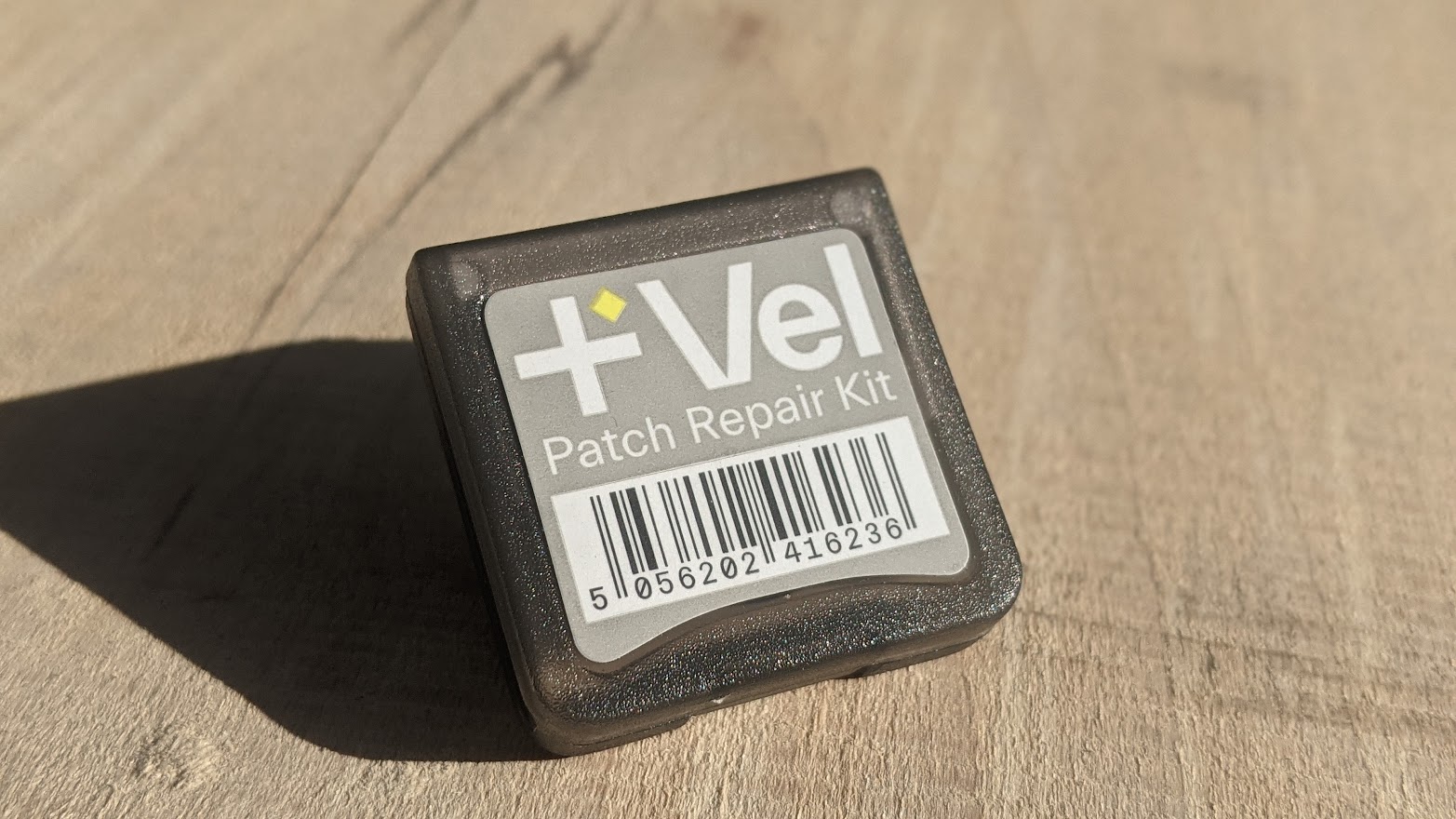
Personal identification:
ICE information- Sadly, cycling on the roads is inherently risky so carrying or wearing basic contact information can be helpful for emergency services if they need to contact your family in the event of an emergency. Alternatively, you can print out and laminate the details for storage in your bike pack.
Cash:
Sometimes when everything goes wrong, you may need to just call it a day and get yourself home. Thankfully, I’ve not had to pay for a bus or train ride home but I have certainly blown a gasket and needed emergency snacks!
Types of bag:
Saddle Pack
The season or the type of riding you’re doing will have some influence on the size of saddle pack that you use. For me, I prefer to go for a smaller system that fits neatly under my seat which manages to fit all of the essentials in. Looks cool, doesn’t get in the way and keeps your jersey pockets free for snacks!
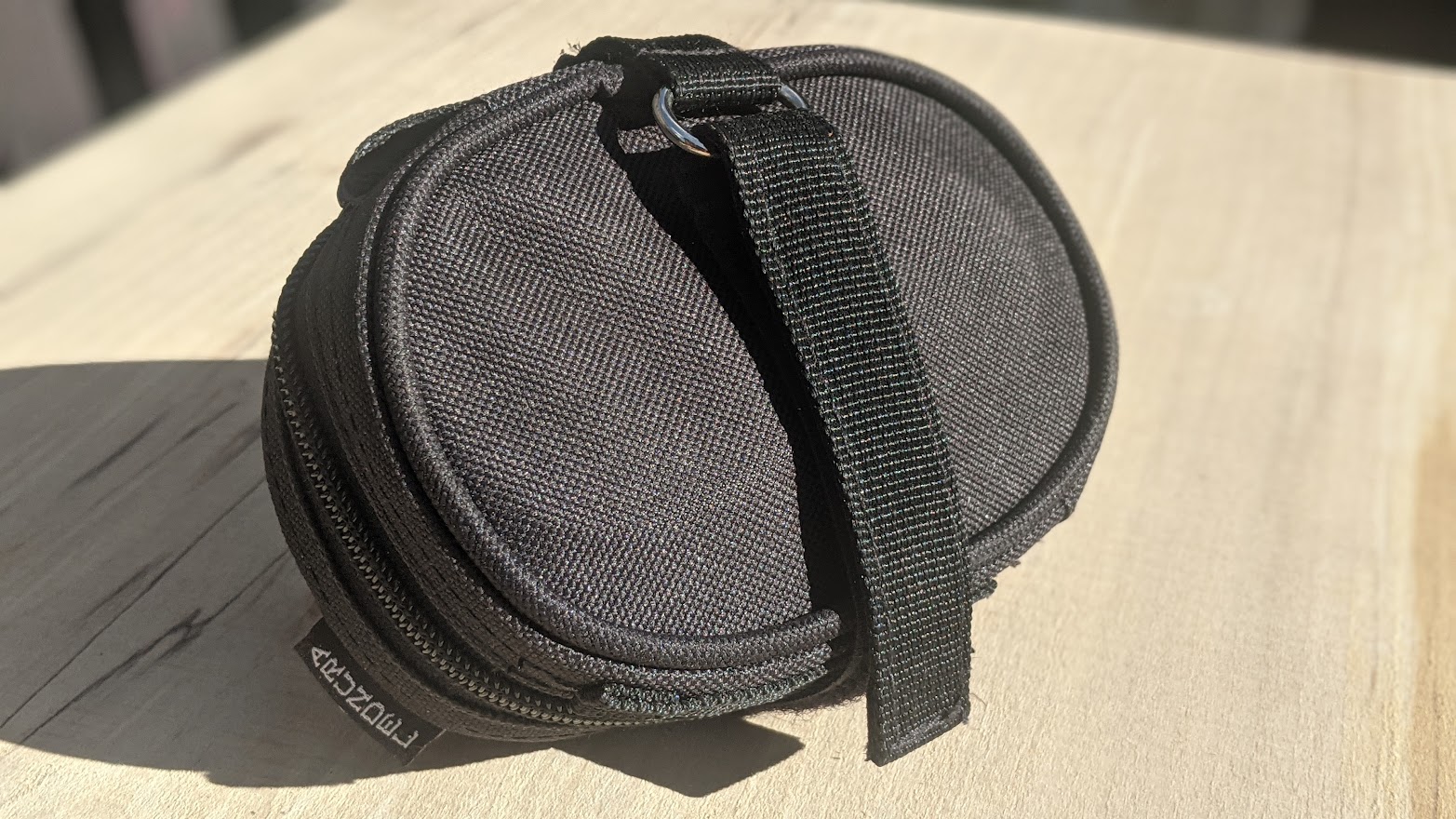
Bar Bag:
Its 2022- Bar bags are well and truly in. With moderate storage capacity and easy access whilst on the bike, the bar bag might be a good choice for longer days where cans of beer are required. Warning, probably not very aero, but let’s be honest, who cares!
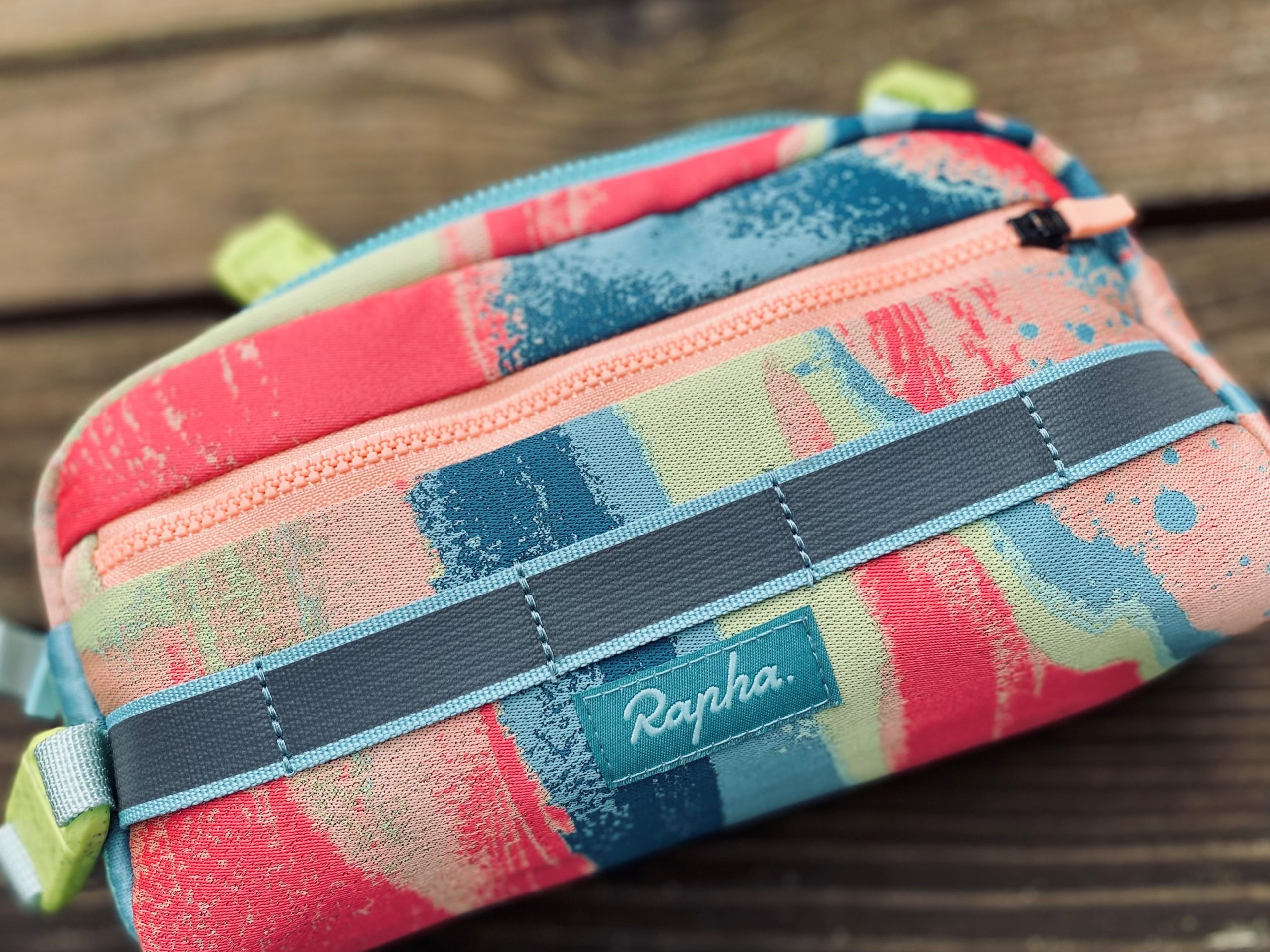
MTB Hip Pack
More so than road riding, carrying your spares in a hip pack is not only more comfortable than riding with a sweaty back pack, but for me, it feels like I can move more freely as my centre of gravity is also ever so slightly lower.

Frame pack
A must have if you’re bike packing- multiple options for placement and of course, more storage capacity than the aforementioned options, even a small frame pack will swallow up your spares and a rain cape with ease.
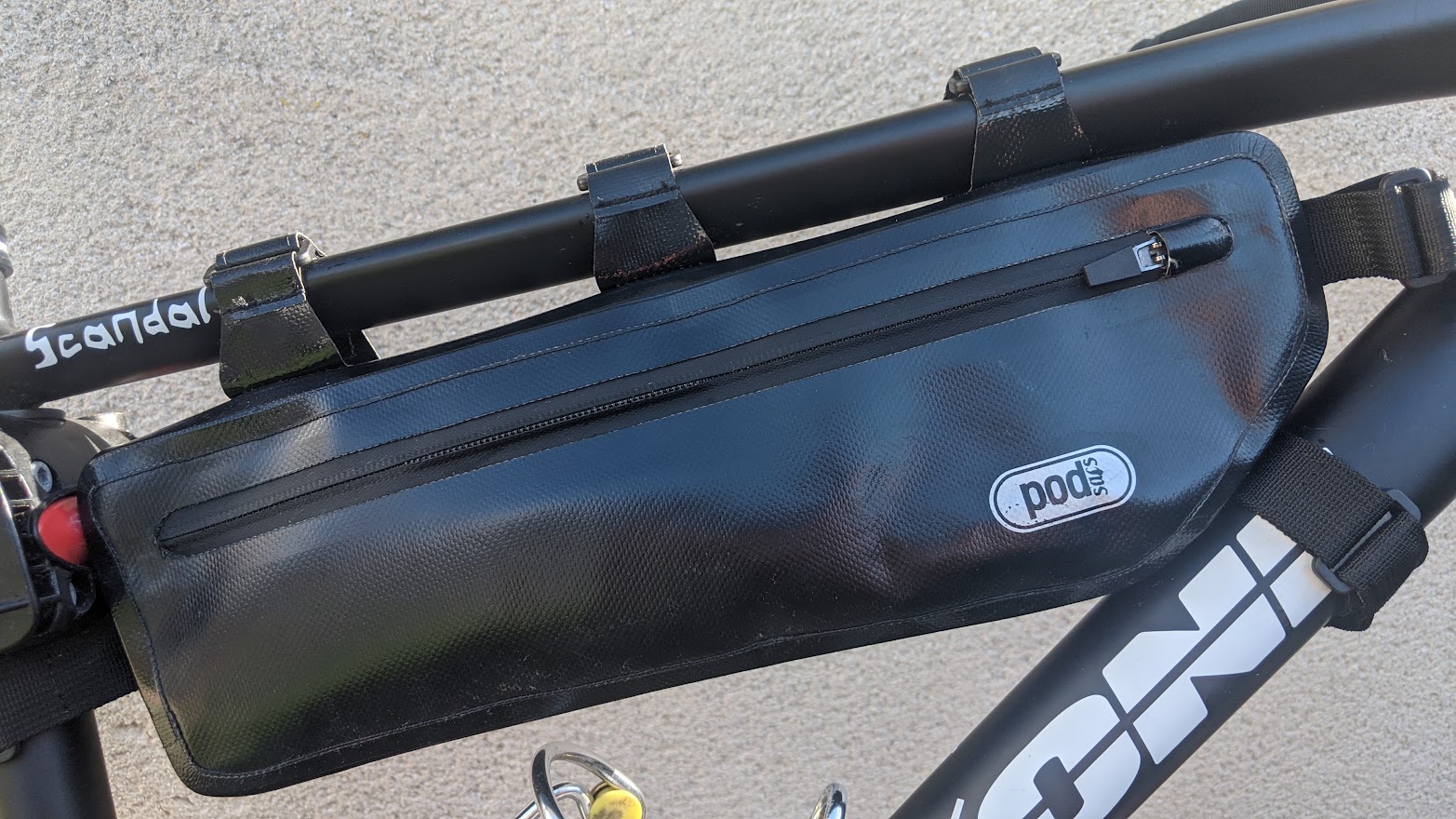
Enduro Strap
If you want to go packless, an Enduro strap may be for you. The modern day ‘Enduro Strap’ is normally designed to hold an inner tube and a couple of tools. Basic but effective.
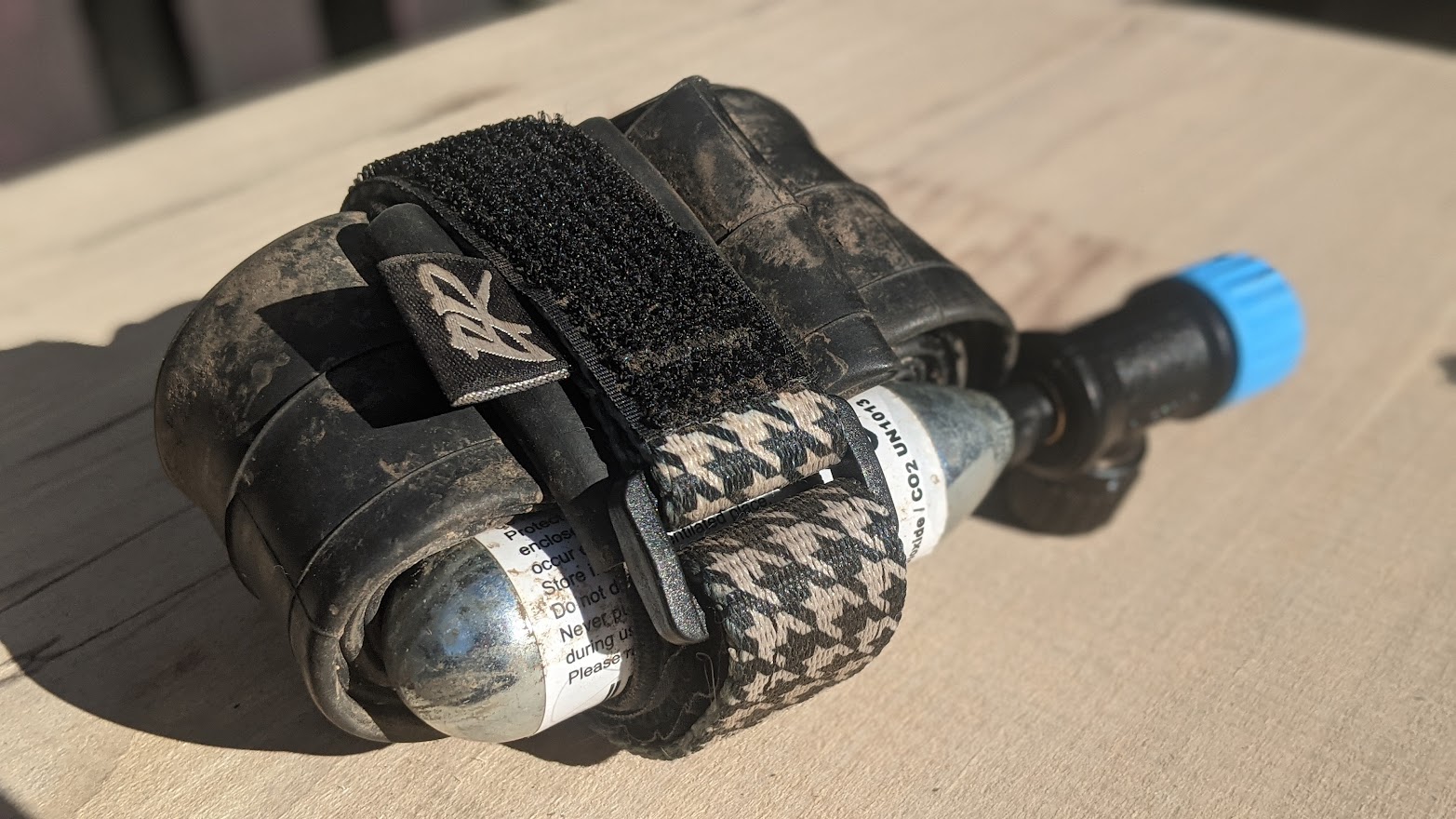
There we have it. A basic guide of what to take with you on your rides. There are further options for bike storage available including bar end storage, bolt on frame carriers, bottle cage storage and even tools designed to fit into the headset. Don’t forget, all of the tools that you carry including the bag in which they are carried, would automatically be covered for theft and damage for free under our accessories section with no upper limit. As always, If you have any queries regarding your policy or need a quote, get in touch with us via live chat or give us a call.

